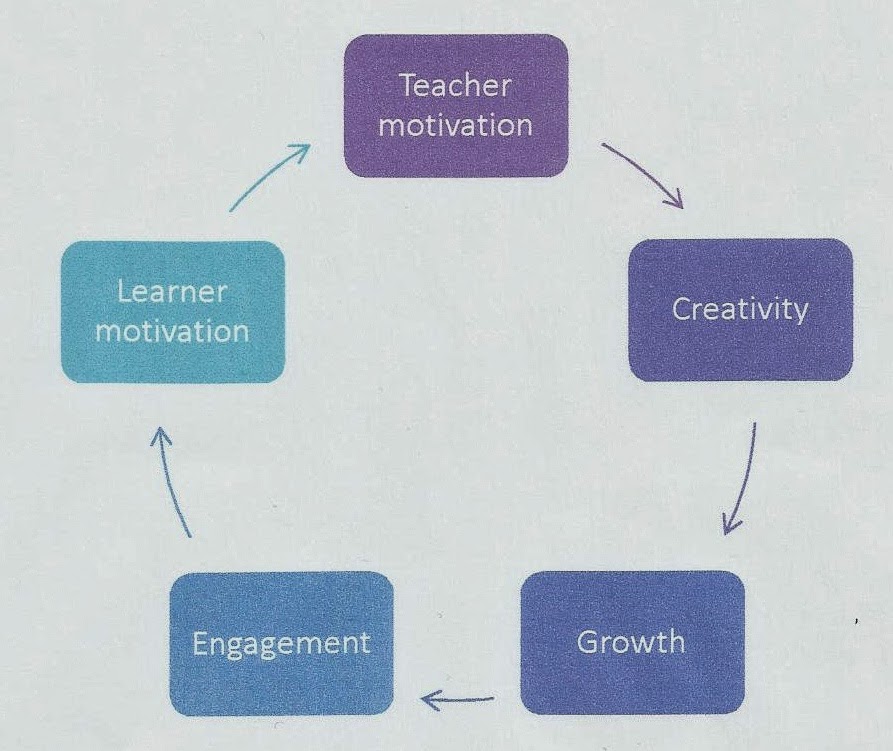E-learning Forum
The purpose of this E-learning forum is to host a place for
teachers and trainee teachers who are on placement here at
Enjoy Learning to share printable art and design resources, such as -
templates for practice sheets and hand outs for specific techniques
being taught in the lesson, tips, and discuss topics relating to the
learners and sessions. This e-forum will be split up into easy
to access sections which will be shown at the top of the page
for each art and design subject, making it easier for you to access
the resource you require, there is a comments section underneath
each post where discussion and comments can be made.
Each resource will be printable and available for your use when
planning sessions and workshops. Teachers will be invited to post
on this e-learning forum to post their resources and tips/advice
on how to make each one work well.

.jpg)












